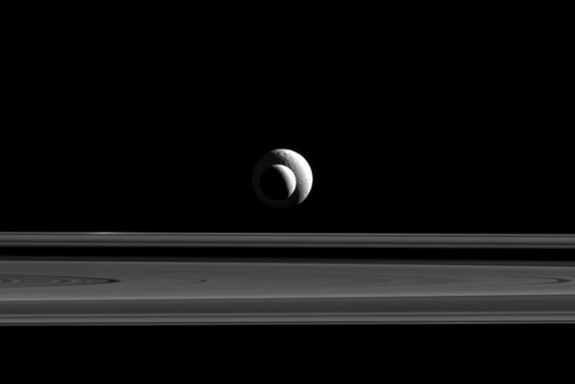Video 1
Why are the shadows moving so fast? Explain your answer by giving evidence.
[reveal heading=”%image% Answer”]The video is sped up really fast. Did you notice the people coming in and out of the scene quickly? This is time lapse photography.[/reveal]Video 2
Imagine that you are sitting in this chair. Which direction are you facing? North, south, east, or west? Explain your answer by giving evidence.
[reveal heading=”%image% Click here to show/hide contents”]We noticed that the shadow gets shorter and shorter. That means the Sun is rising in the sky. We also saw that the shadow is behind the chair. So the chair is facing the rising Sun. The Sun rises in the east. So, when you sit in the chair, you are facing the east. [/reveal]Video 3
How is the movement of the clock’s hands like the movement of the shadow?
[reveal heading=”%image% Click here to show/hide contents”]Both the clock’s hands and the shadow move in the direction that we call clockwise. Before clocks were invented, that direction was known as “sunwise” because that is the direction the shadow traveled on the sun dial. When clocks were invented, that is the direction that they made the hands move on the clock – to match the shadow movement on the sun dial.[/reveal]

You must be logged in to post a comment.